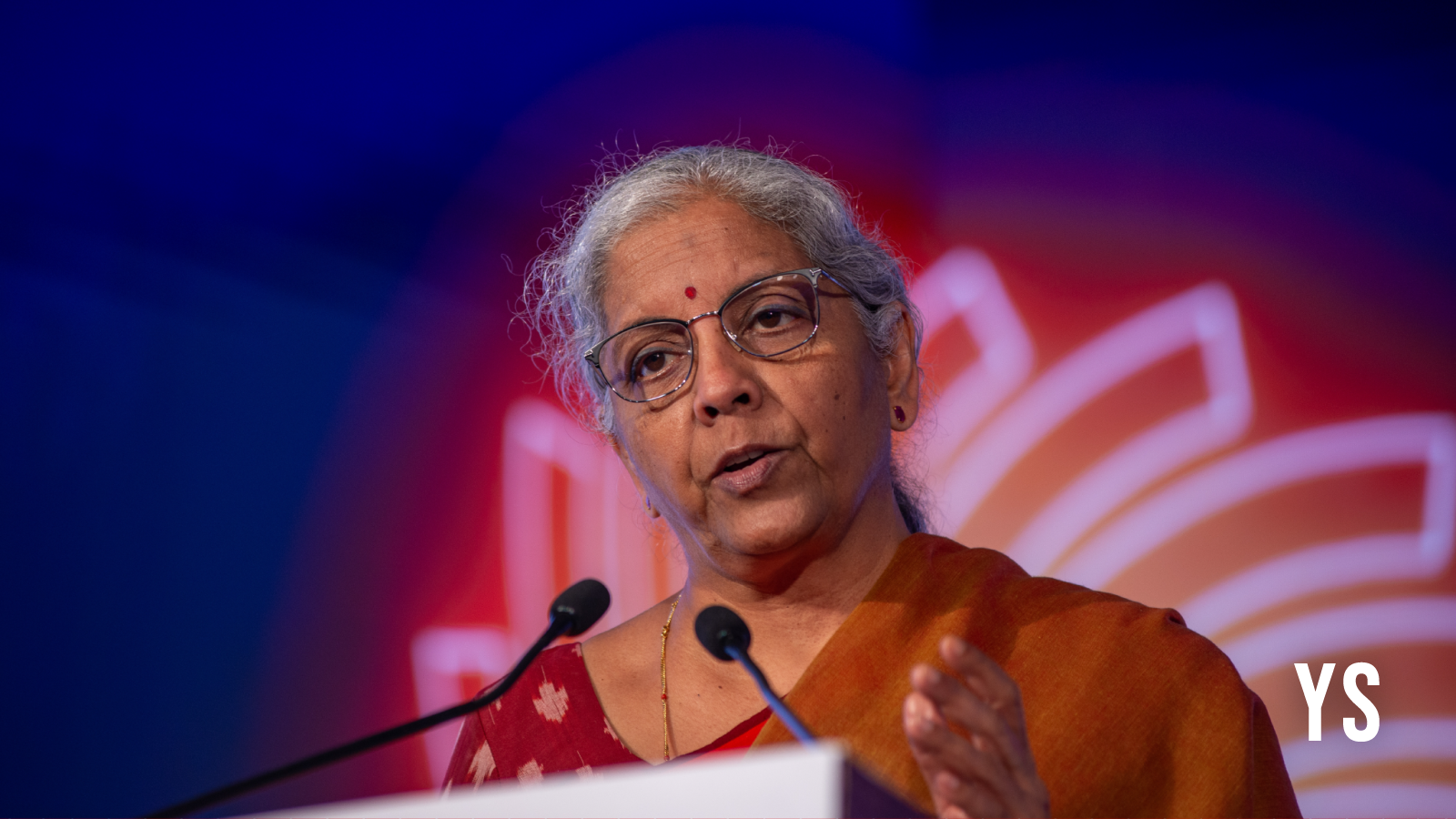PhysicsWallah’s hybrid model fuels Rs 3,000-Cr growth ahead of IPO


PW has filed an updated draft red herring prospectus (DRHP) with the Securities and Exchange Board of India (SEBI) for an IPO worth Rs 3,820 crore.
In fiscal year 2025, the company reported operating revenue of Rs 2,886.6 crore, almost 49% higher than the year before. It also generated Rs 506.9 crore in operating cash flow and posted an adjusted operating profit of Rs 432 crore, giving it a margin of nearly 15%.
Operating cash flow shows the money left after paying suppliers and employees, while adjusted EBITDA strips out non-cash and one-off items to give a picture of underlying profitability.
Yet the bottom line remained in the red. PW ended the year with a net loss of Rs 243.7 crore, though this was a sharp improvement on the Rs 1,131.1 crore loss recorded in FY24, but wider than the Rs 84.1 crore loss in FY23.
The continuing deficit is explained by three main factors: past investor instruments such as preference shares, which still create accounting swings without affecting cash; employee stock options, which count as expenses even though they are not immediate payouts; and the heavy depreciation and lease costs from expanding tuition centres and hostels. Taken together, these items mean that while the business is bringing in cash from operations, statutory profit is still being dragged down.
.thumbnailWrapper{
width:6.62rem !important;
}
.alsoReadTitleImage{
min-width: 81px !important;
min-height: 81px !important;
}
.alsoReadMainTitleText{
font-size: 14px !important;
line-height: 20px !important;
}
.alsoReadHeadText{
font-size: 24px !important;
line-height: 20px !important;
}
}

The company’s revenue mix points to its hybrid model. In FY25, online courses contributed Rs 1,404.1 crore, about 48.6% of its income, by reaching millions of students at relatively low prices. Offline and hybrid centres brought in Rs 1,351.9 crore, or 46.8%, through higher-priced classroom batches and residential services. The rest came from advertising, content licensing, and book sales.
PW’s user base underlines the contrast between scale and yield. About 4.13 million students paid for online courses in FY25 compared with roughly 0.33 million enrolled in offline centres. Fewer in number, offline learning generated much higher revenue per head but also pushed up fixed costs.
Meanwhile, PW has broadened its product mix beyond core school entrance preparation to include postgraduate tests, civil service coaching, and skilling programmes. This expansion, combined with the hybrid model, is meant to balance mass-market affordability with higher-value segments.
PW has raised a total of $312 million across multiple funding rounds. The most recent and significant raise was a Series B round in September 2024, when the company secured $210 million, led by Hornbill Capital, with substantial participation from Lightspeed Venture Partners, GSV Ventures, and WestBridge Capital.
Edited by Kanishk Singh
Discover more from News Hub
Subscribe to get the latest posts sent to your email.






